[Illinois] ECE 416 DNA MicroArrays II
[Illinois] ECE 416 Lecture 32: DNA MicroArrays II
-
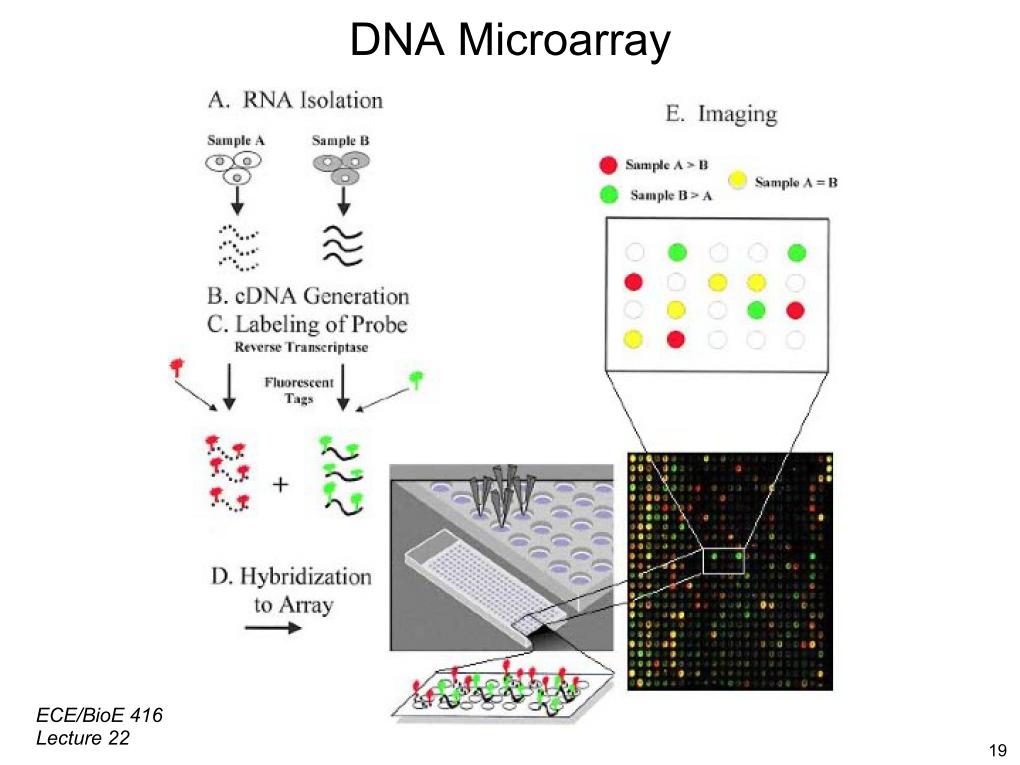 1. DNA Microarray
0
00:00/00:00
1. DNA Microarray
0
00:00/00:00 -
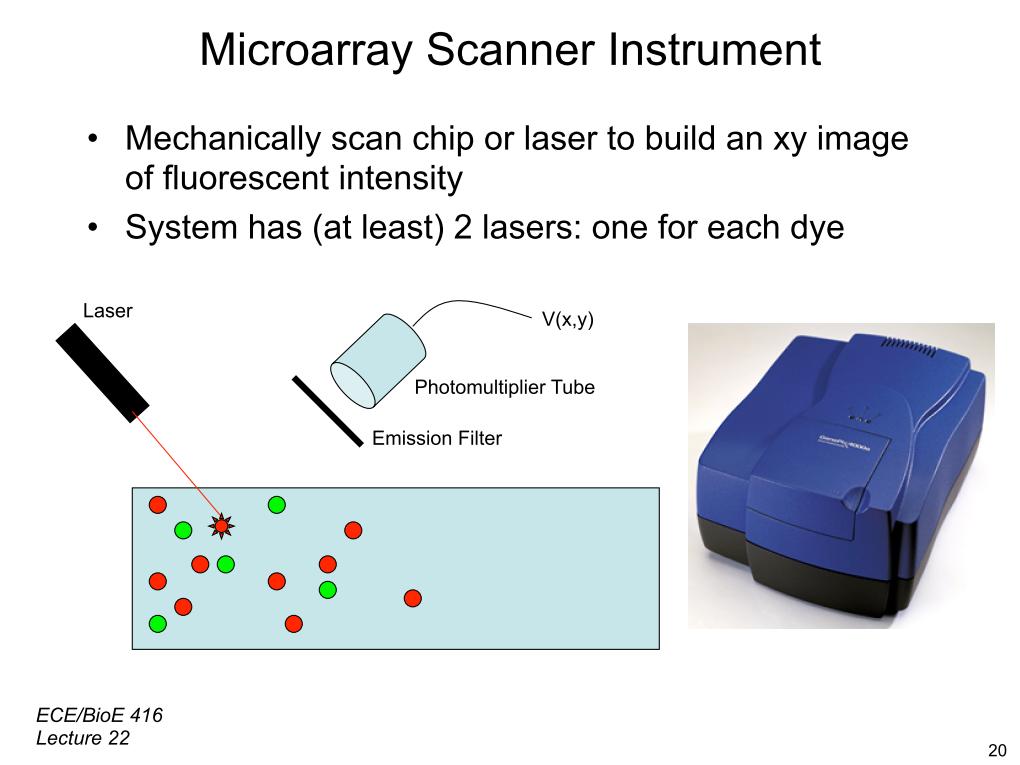 2. Microarray Scanner Instrument
161.51582058414465
00:00/00:00
2. Microarray Scanner Instrument
161.51582058414465
00:00/00:00 -
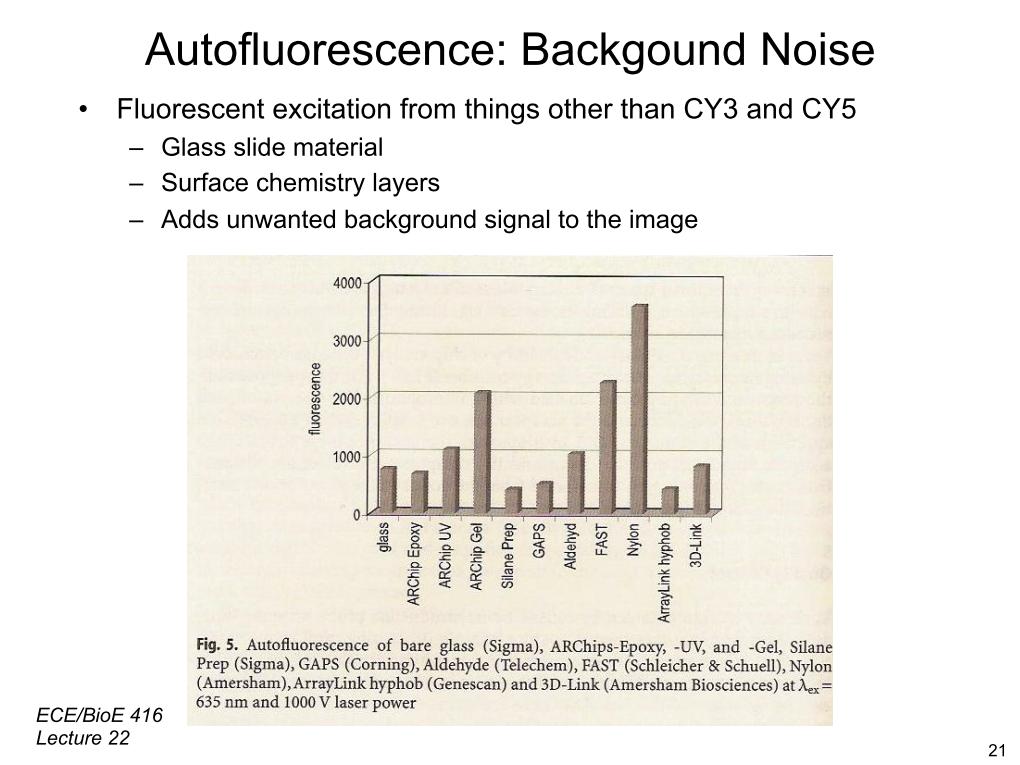 3. Autofluorescence: Backgound No…
349.4577907697759
00:00/00:00
3. Autofluorescence: Backgound No…
349.4577907697759
00:00/00:00 -
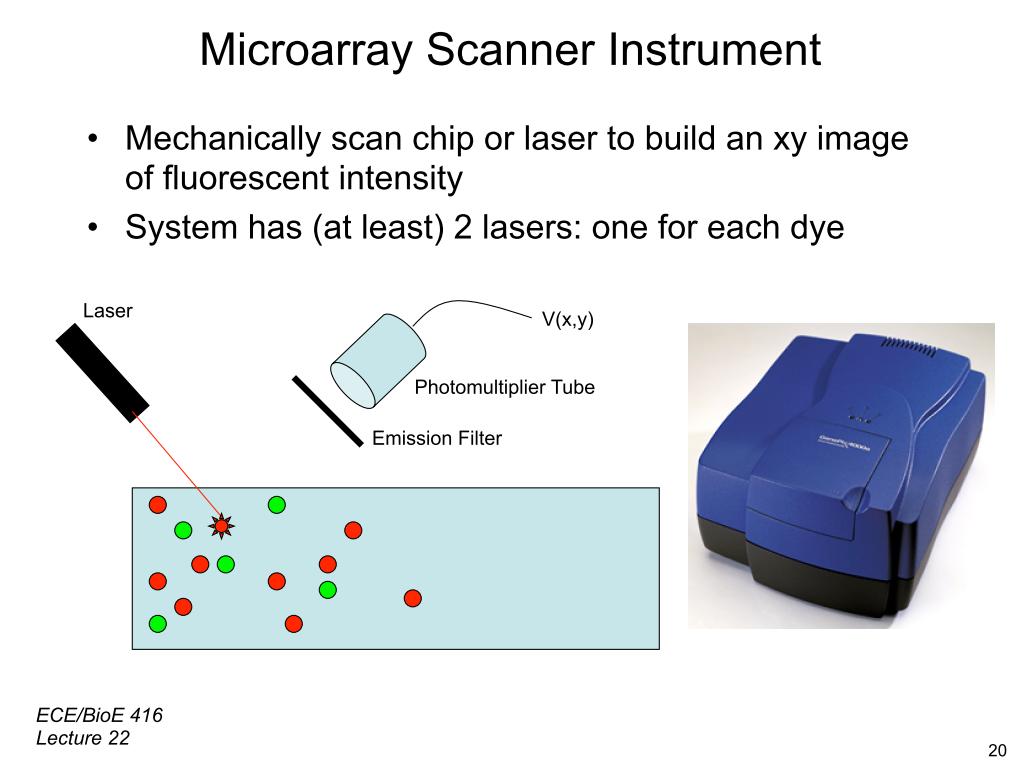 4. Microarray Scanner Instrument
515.62866507219417
00:00/00:00
4. Microarray Scanner Instrument
515.62866507219417
00:00/00:00 -
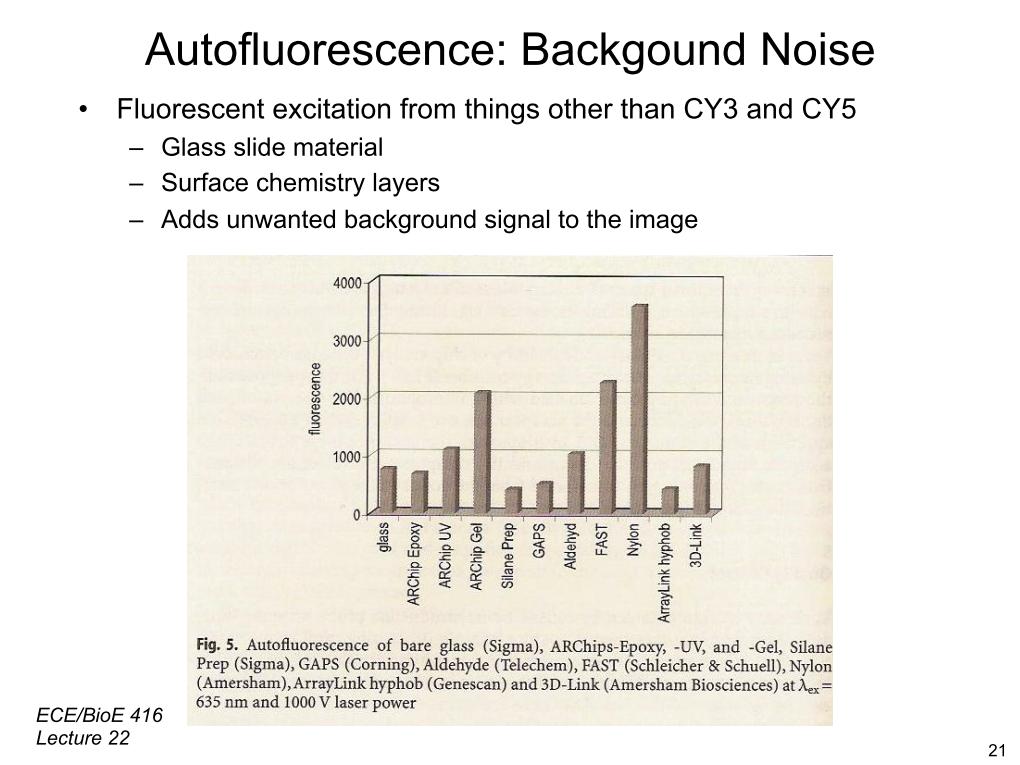 5. Autofluorescence: Backgound No…
547.0817610062893
00:00/00:00
5. Autofluorescence: Backgound No…
547.0817610062893
00:00/00:00 -
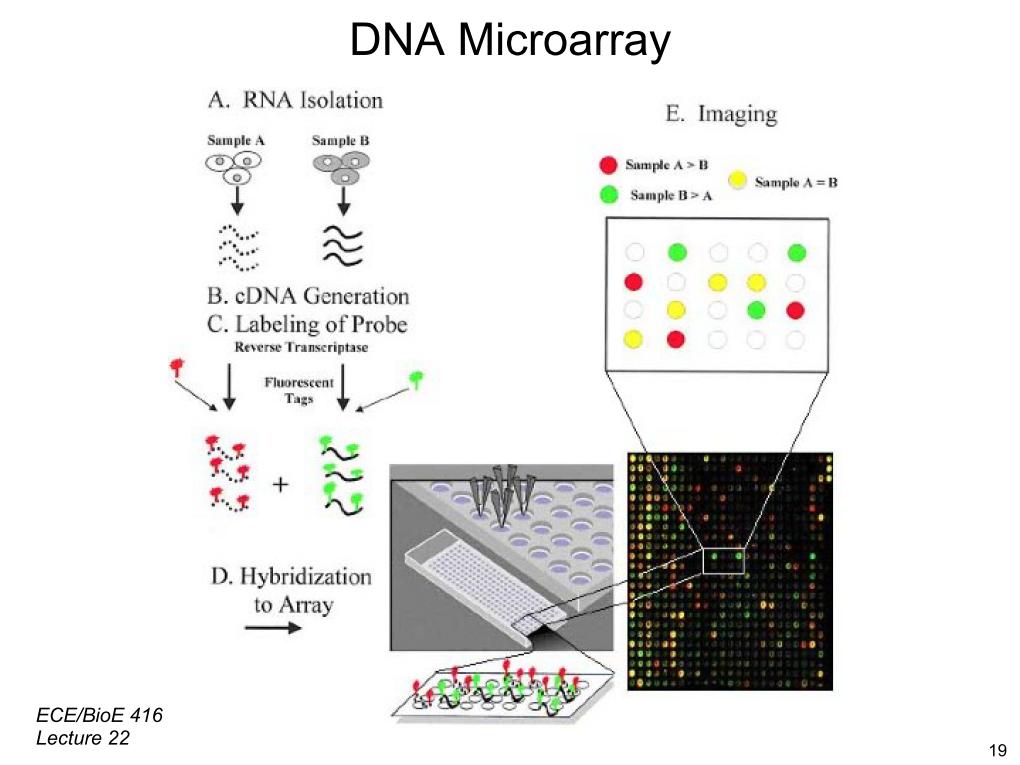 6. DNA Microarray
570.38736823456463
00:00/00:00
6. DNA Microarray
570.38736823456463
00:00/00:00 -
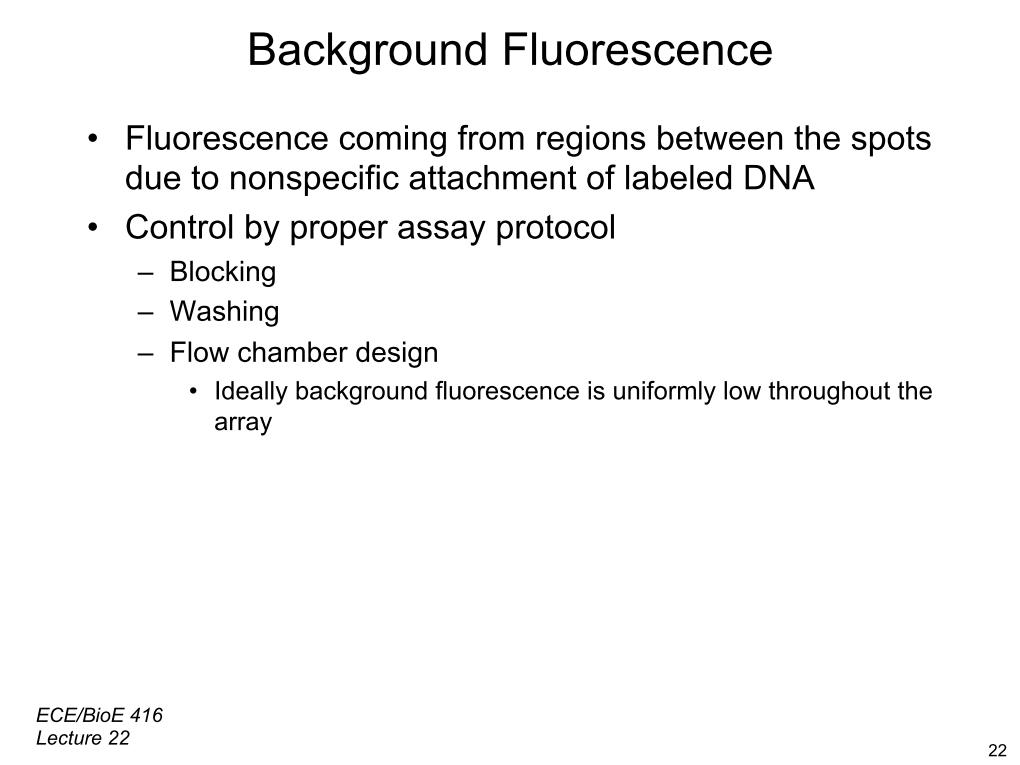 7. Background Fluorescence
619.52493577819121
00:00/00:00
7. Background Fluorescence
619.52493577819121
00:00/00:00 -
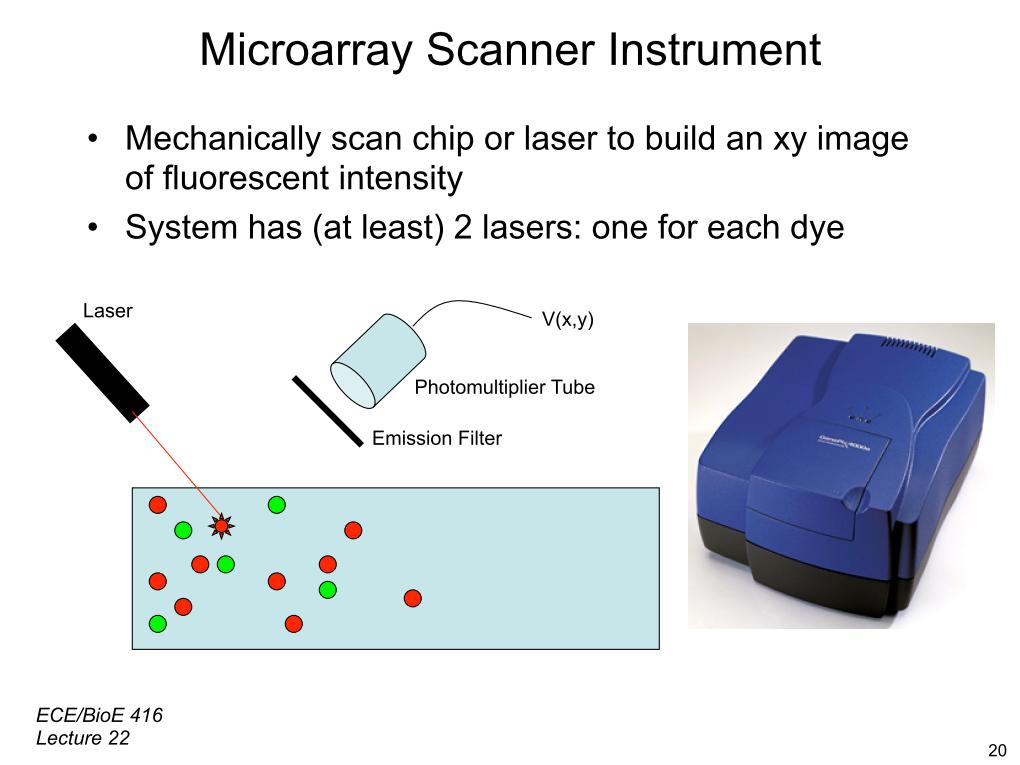 8. Microarray Scanner Instrument
630.51457170697131
00:00/00:00
8. Microarray Scanner Instrument
630.51457170697131
00:00/00:00 -
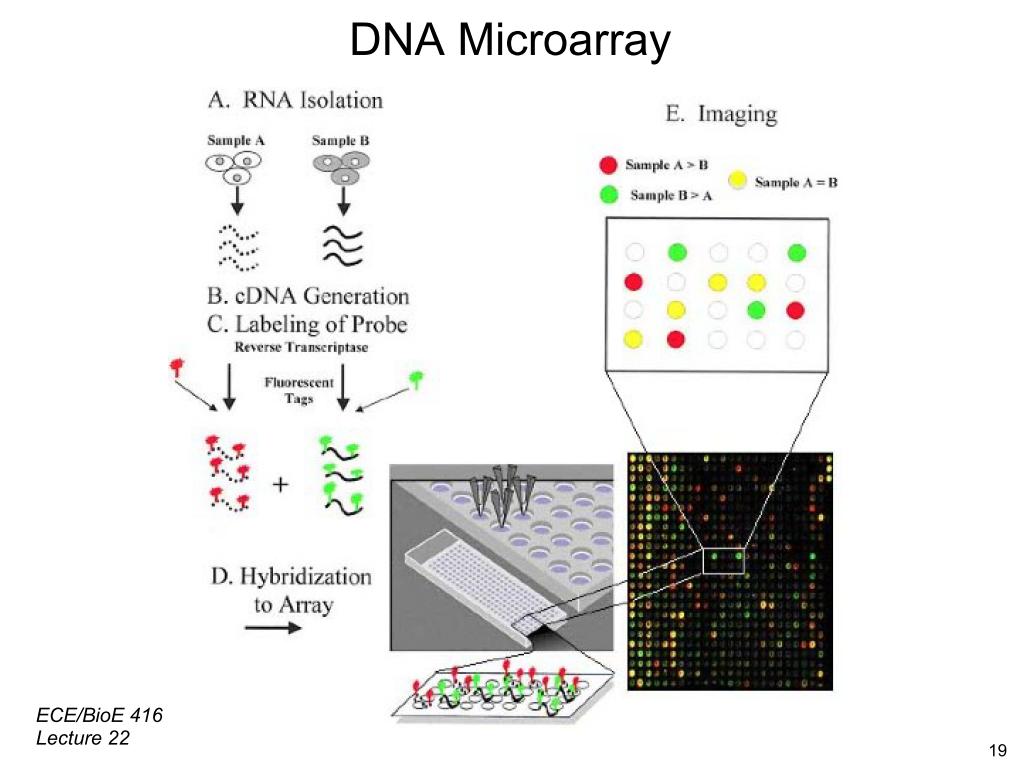 9. DNA Microarray
683.63114536274247
00:00/00:00
9. DNA Microarray
683.63114536274247
00:00/00:00 -
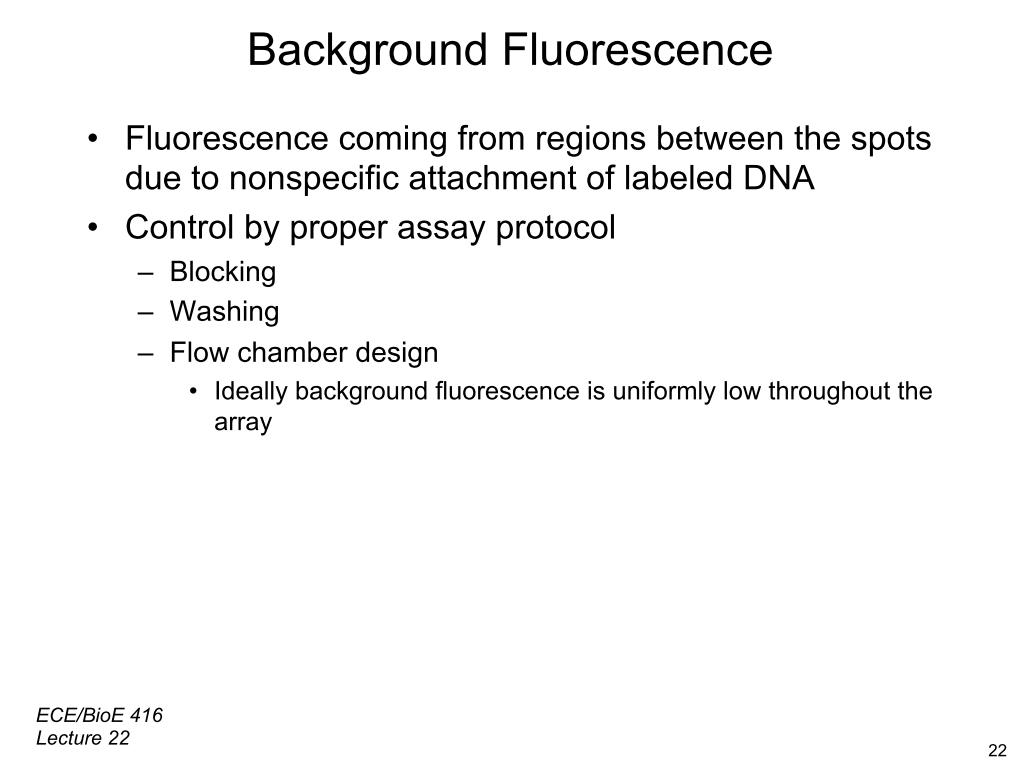 10. Background Fluorescence
863.31800868101686
00:00/00:00
10. Background Fluorescence
863.31800868101686
00:00/00:00 -
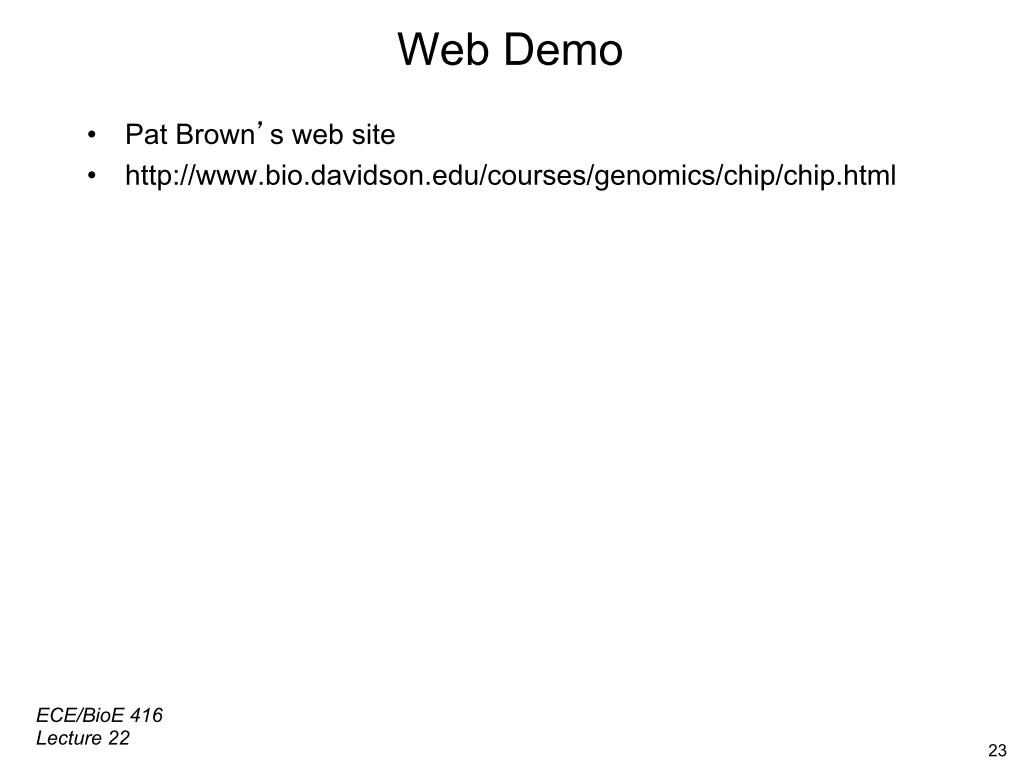 11. Web Demo
898.4974754185489
00:00/00:00
11. Web Demo
898.4974754185489
00:00/00:00 -
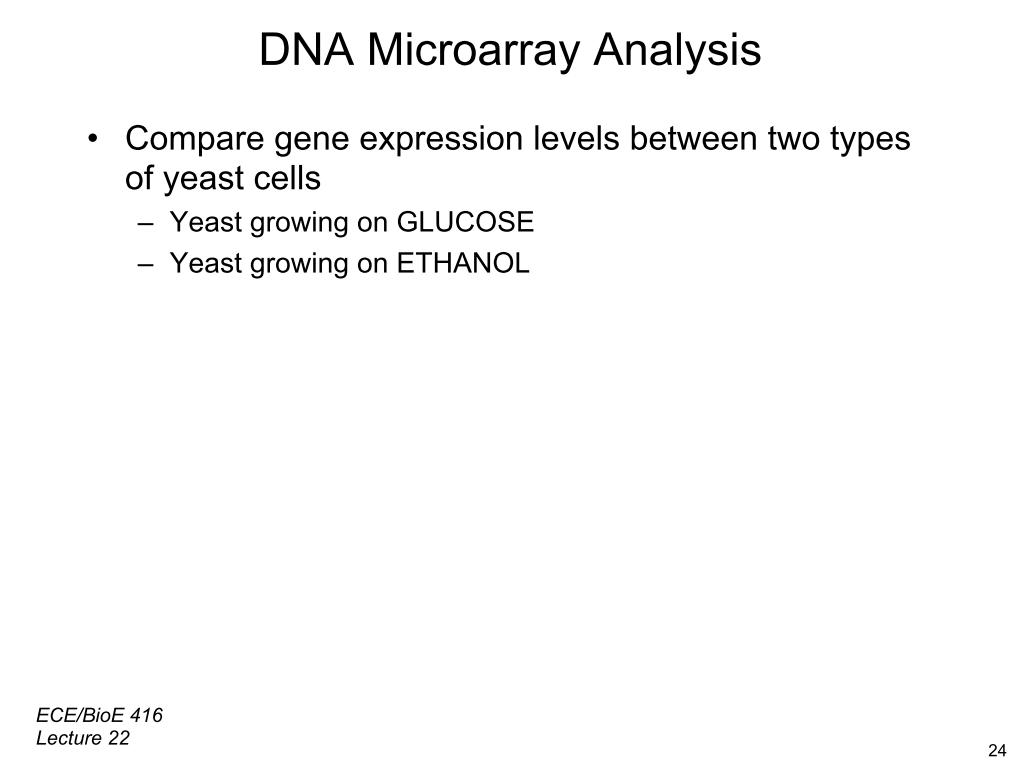 12. DNA Microarray Analysis
905.25546992647708
00:00/00:00
12. DNA Microarray Analysis
905.25546992647708
00:00/00:00 -
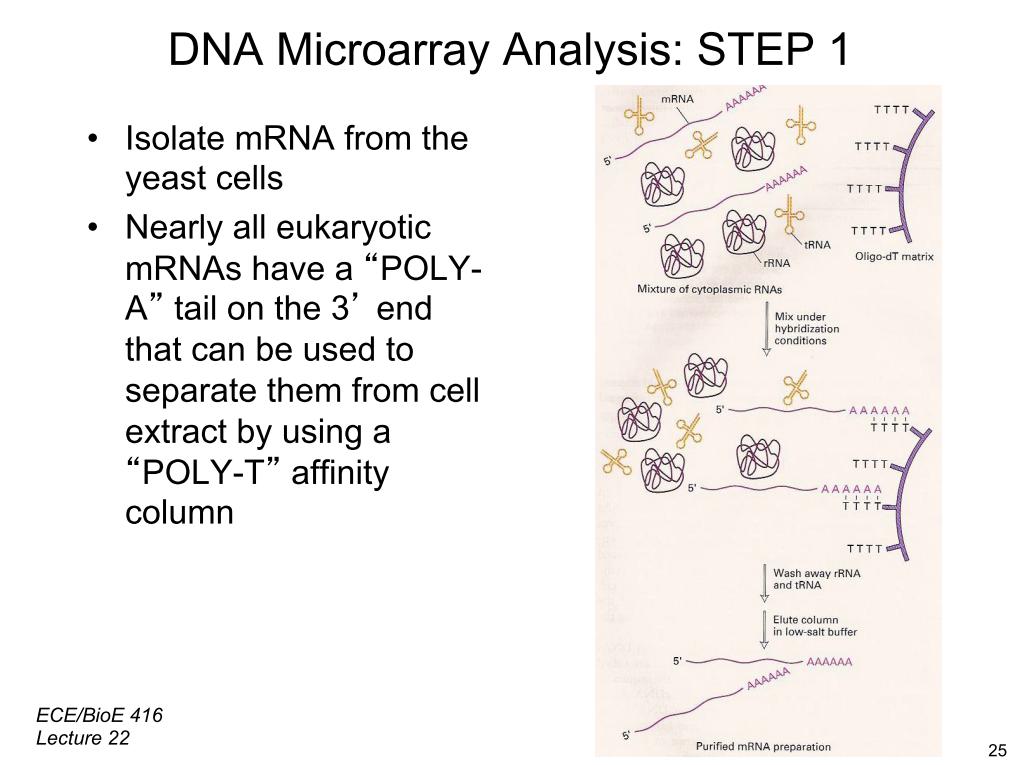 13. DNA Microarray Analysis: STEP …
908.53972893967591
00:00/00:00
13. DNA Microarray Analysis: STEP …
908.53972893967591
00:00/00:00 -
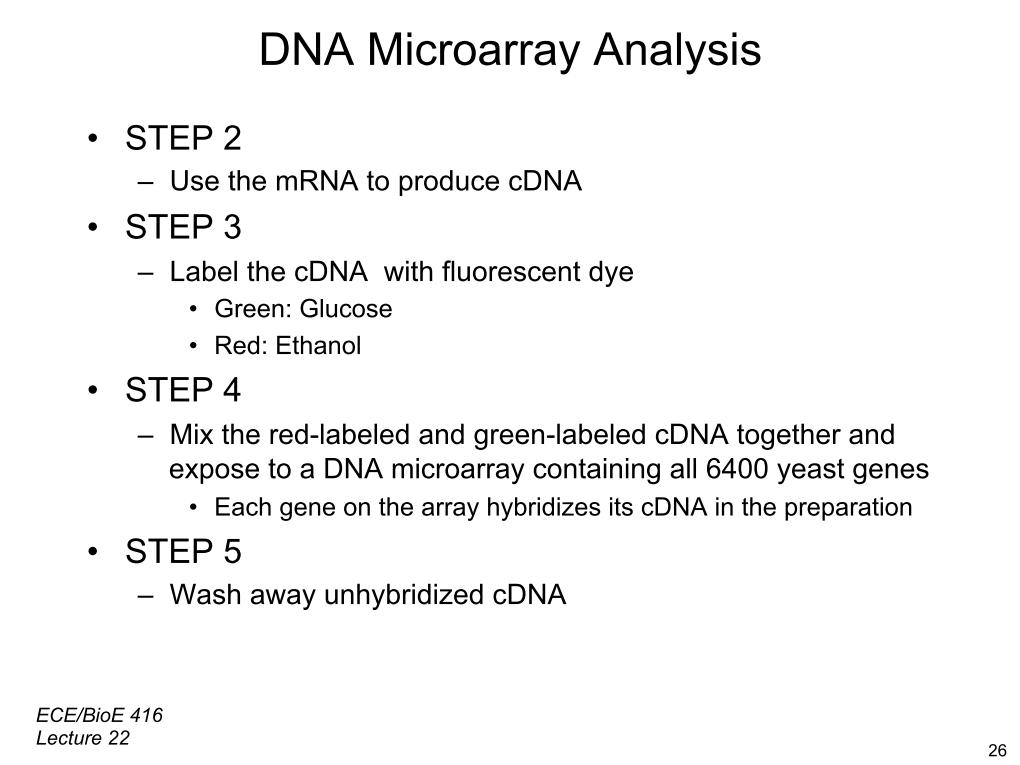 14. DNA Microarray Analysis
1093.4687749136328
00:00/00:00
14. DNA Microarray Analysis
1093.4687749136328
00:00/00:00 -
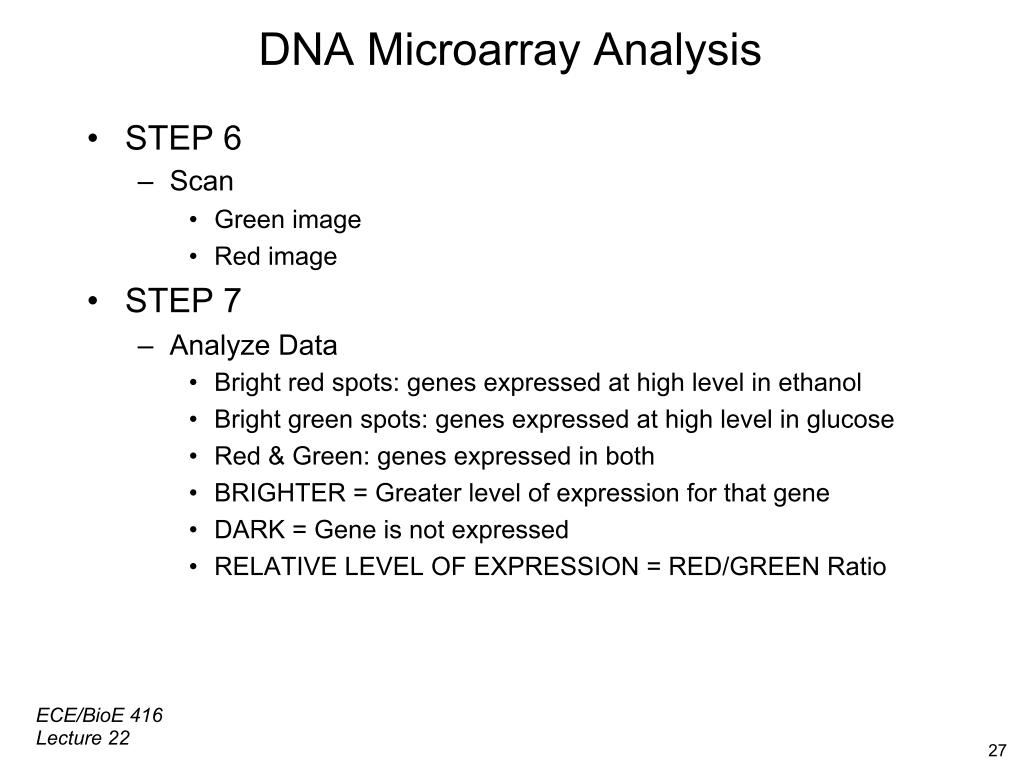 15. DNA Microarray Analysis
1095.8688103463548
00:00/00:00
15. DNA Microarray Analysis
1095.8688103463548
00:00/00:00 -
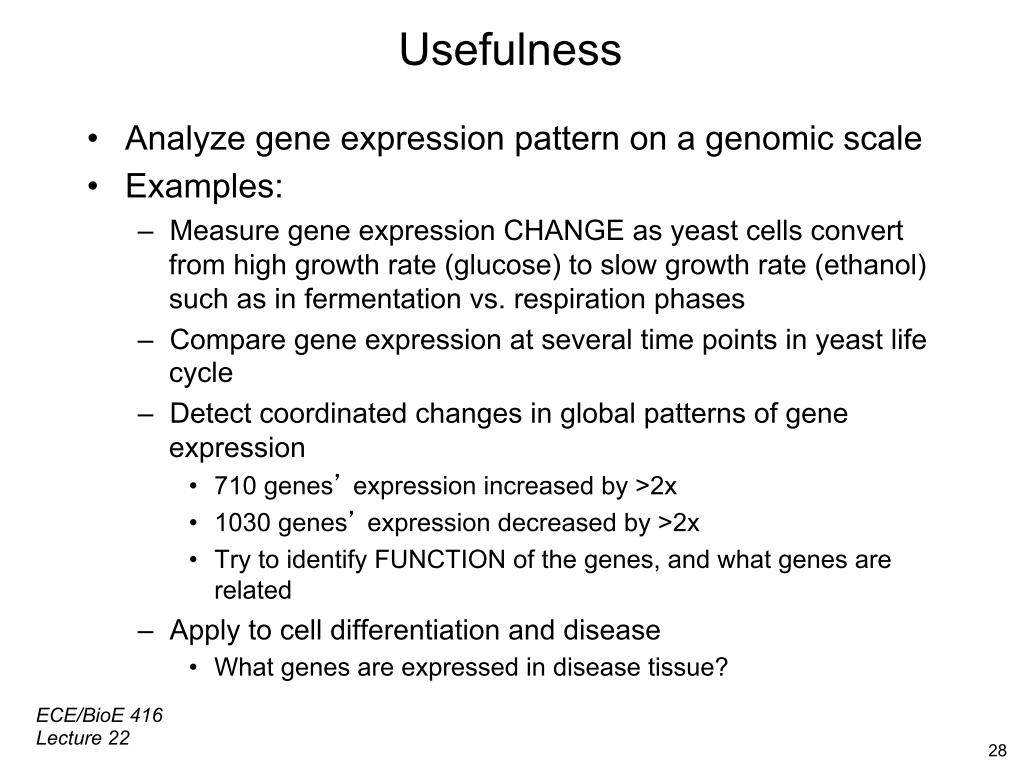 16. Usefulness
1097.9530516431926
00:00/00:00
16. Usefulness
1097.9530516431926
00:00/00:00 -
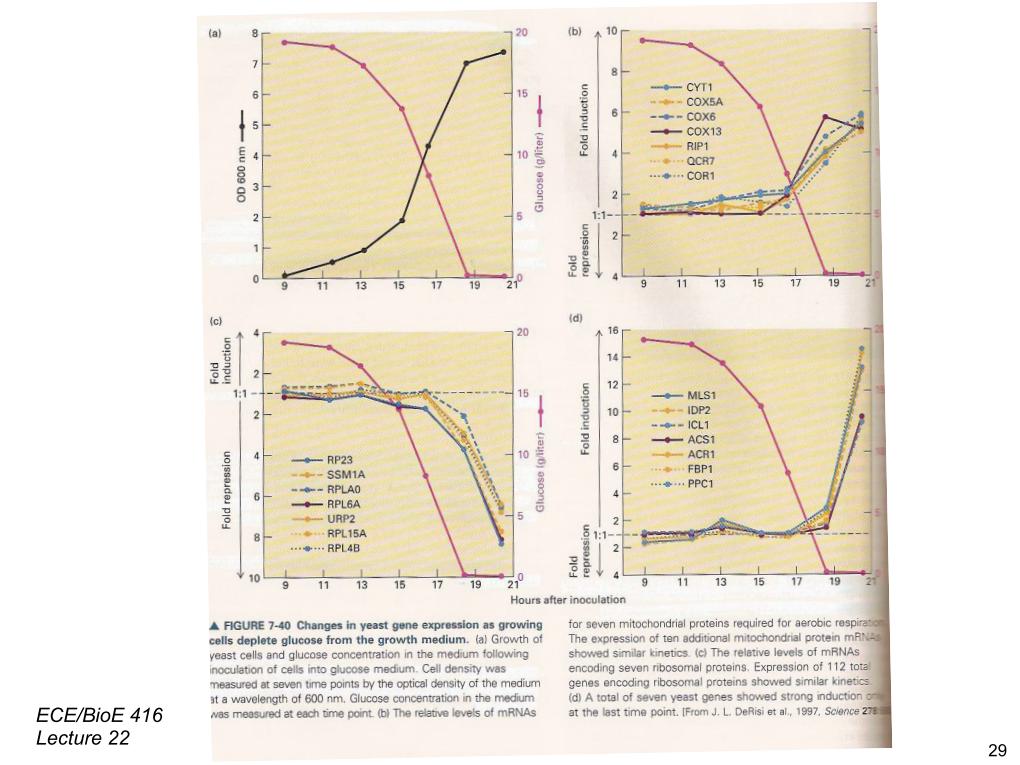 17. ECE/BioE 416 Lecture 22
1099.9109752856762
00:00/00:00
17. ECE/BioE 416 Lecture 22
1099.9109752856762
00:00/00:00